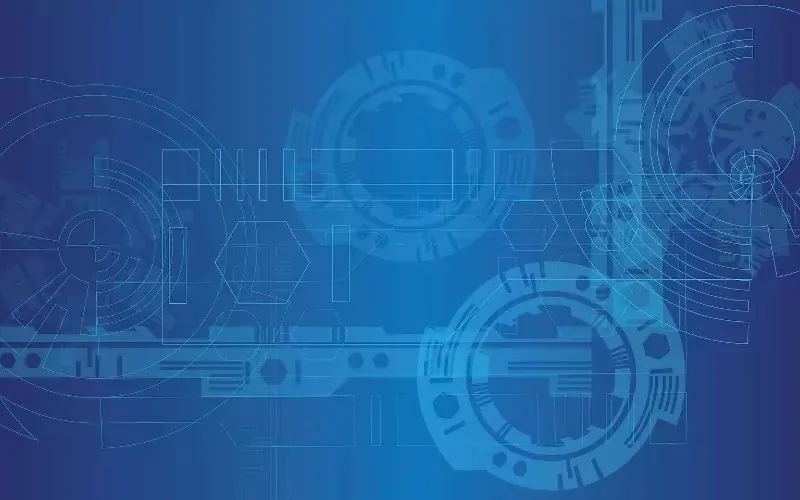In an era where technology influences every aspect of life, education stands on the brink of transformation. The integration of cutting-edge technologies into educational settings has the potential to redefine how students learn and interact.
However, the journey towards a tech-driven educational landscape is fraught with challenges. Leaders in the field are called upon to support and drive change, ensuring that modern tools reach every classroom.
Innovative Learning with Technology
Technology in education is not merely an enhancement but a transformation of the learning experience. With platforms providing virtual explorations of far-off places like the Amazon, students can engage in rich, immersive experiences that were previously unimaginable. Moreover, robot programming is not just a technical skill but an avenue to unleash creativity in problem-solving, making education both exciting and relevant.
In modern classrooms, teachers find they can focus more on educating students while administrative burdens are reduced. This faculty freedom is a result of integrating state-of-the-art technology, leading to more efficient educational practices. Importantly, this shift enables more personalised approaches to learning, fostering environments where student needs come first.
Challenges in Digital Adoption
Despite the availability of innovative educational technologies, a significant number of schools have yet to embrace these advancements. Many educational institutions still operate with outdated tools, hindering their ability to offer students the best possible learning experiences.
One of the main barriers to digital adoption is cost, which poses a significant challenge for budget-constrained schools. Additionally, the lack of awareness and expertise in implementing these technologies hampers effective use. To bridge this gap, collaboration between tech companies and educational bodies is essential.
The Role of Government and Industry Partnerships
The partnership between the government and technology innovators is crucial for the future of education. By working together, they can develop sustainable solutions that address the diverse needs of students and educators.
A collaborative approach ensures that technologies are accessible and efficiently integrated into the educational system. Such partnerships are aimed at providing resources, such as online training and free software trials, to schools and educators. These efforts serve to enhance the capabilities of teachers and enrich the learning environment.
Case Study: Shireland Collegiate Academy
The Shireland Collegiate Academy in Birmingham serves as a prime example of how technology can revamp educational practices. By using various apps and software, the academy has successfully reduced the administrative workload, enabling teachers to dedicate more time to teaching and engaging with students.
Sir Mark Grundy, the head teacher, emphasises the transformative impact of technology in the school. The academy’s approach shows that with the right tools, schools can significantly improve operational efficiency and educational outcomes. This institution is setting a standard for others to follow, showing the tangible benefits of tech integration.
Future Pathways for Education Technology
Looking ahead, the role of technology in education will continue to expand, offering more innovative ways to learn and teach. The introduction of AI and machine learning could revolutionise personalised education and offer data-driven insights to optimise teaching methods.
Educational institutions need to keep pace with technological changes to remain relevant and competitive. Continued investments in tech infrastructure and training for educators will be crucial for sustaining growth and ensuring students have access to the best learning tools.
Initiatives by the Department for Education
The Department for Education in the UK is taking active steps to support tech integration in schools. Their upcoming initiatives include developing online training packages and establishing a portal for free software trials.
These actions are designed to bring together industry leaders and educators through ‘demonstrator’ roadshows. Such collaborations aim to share best practices and enhance the quality of education, ensuring all schools can benefit from the latest technological advancements.
Conclusion
The fusion of technology and education is not just a trend but a necessity for modern learning environments. It requires the combined efforts of technology companies, educational institutions, and government bodies to drive meaningful change.
As technology in education evolves, it promises to provide more dynamic and effective learning experiences, preparing students for the challenges of tomorrow’s world. The journey towards a ‘classroom revolution’ is underway, and its success will depend on widespread collaboration and innovation.
The role of technology in education is vital for future learning landscapes. Collaboration among tech leaders and educators is essential to achieve this transformation.
Ultimately, embracing technology will create more engaging and effective educational environments, preparing youngsters for a rapidly evolving future.

